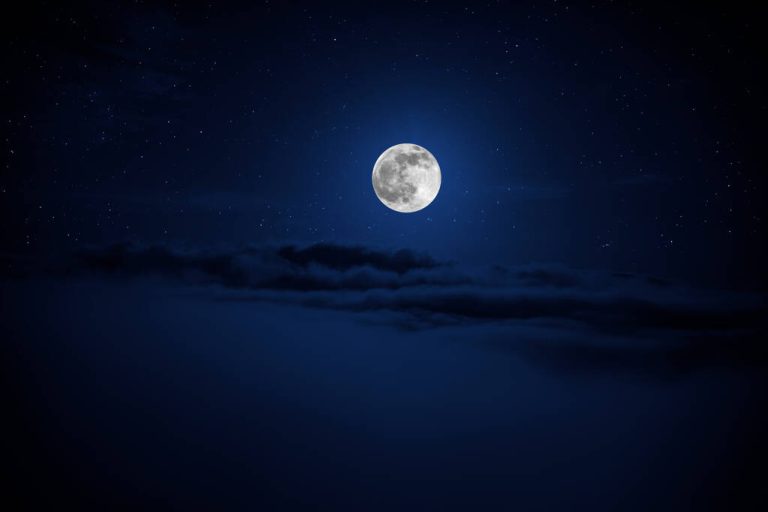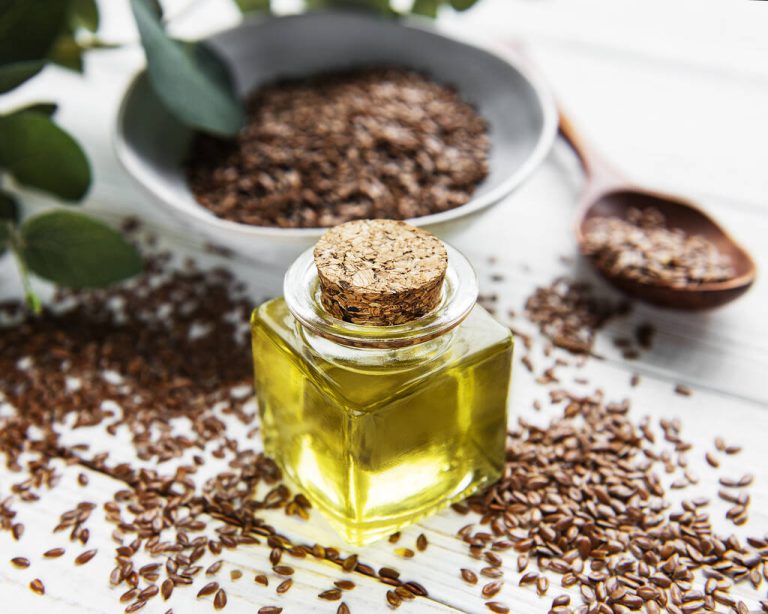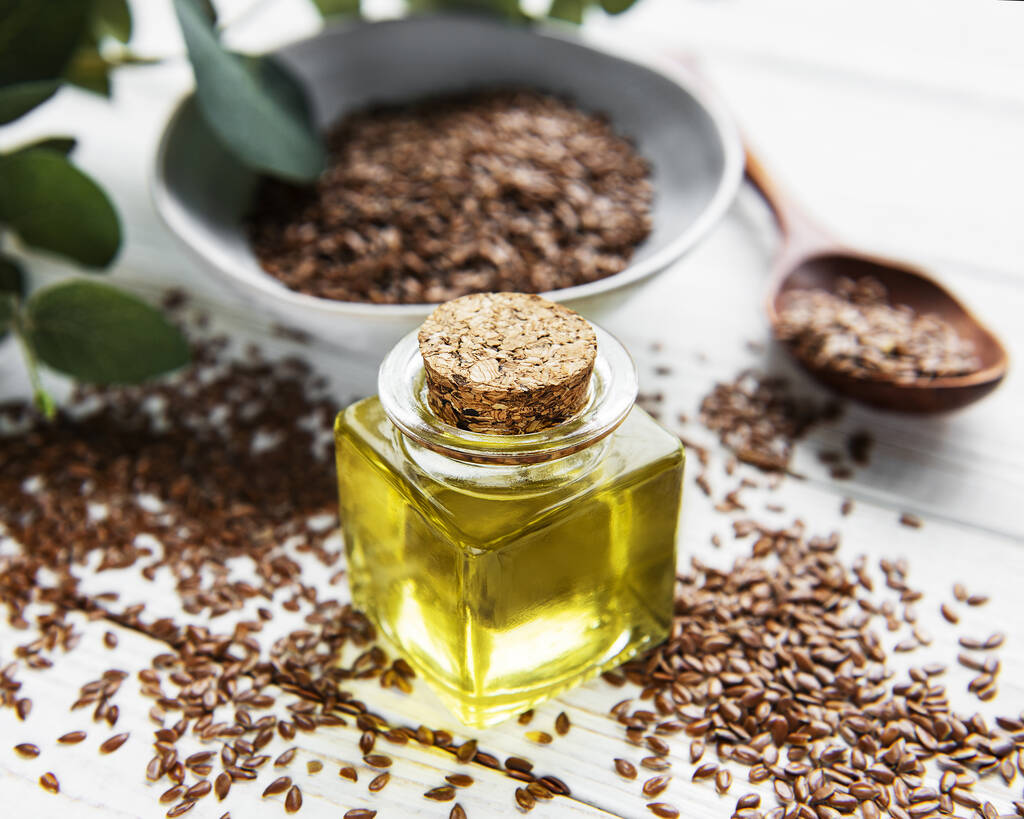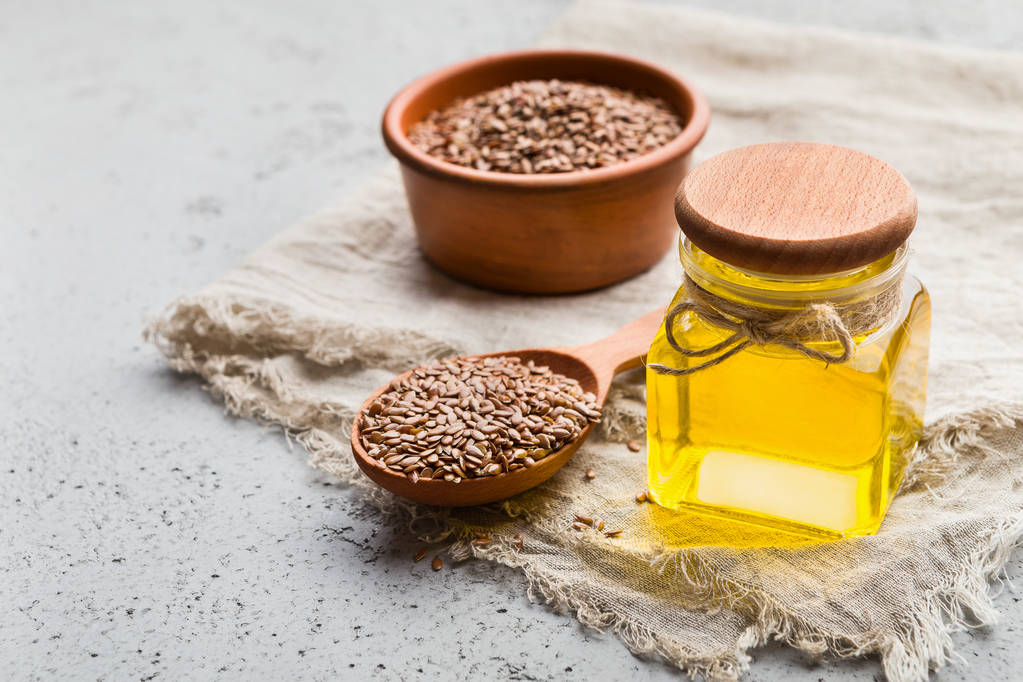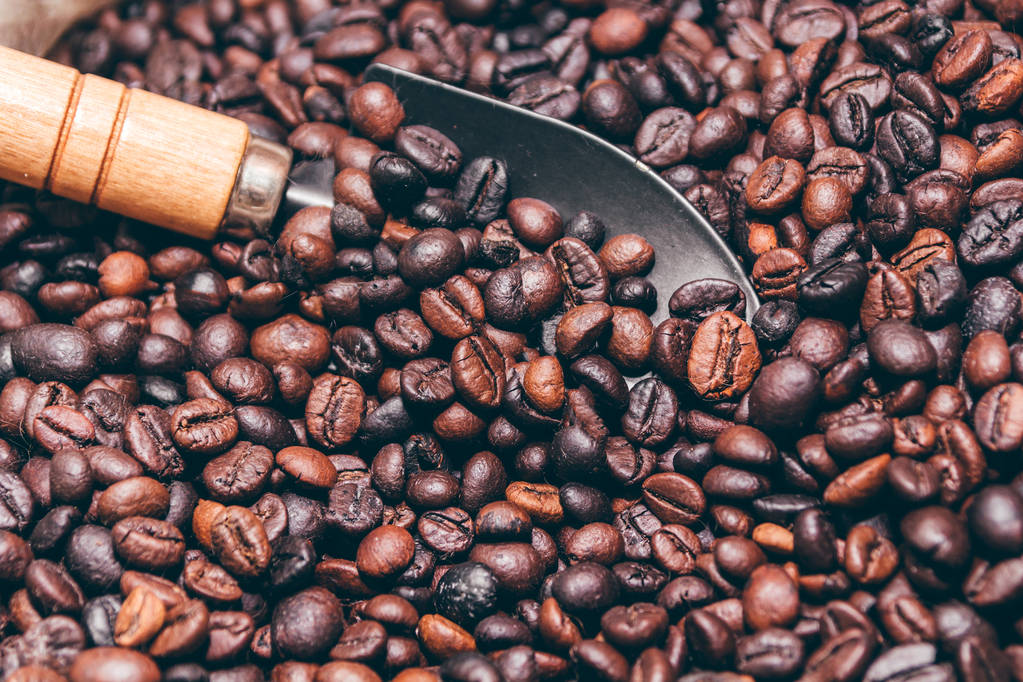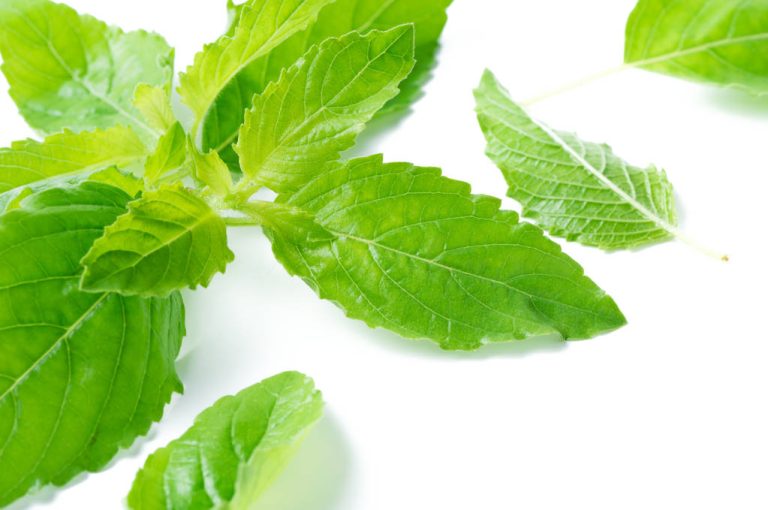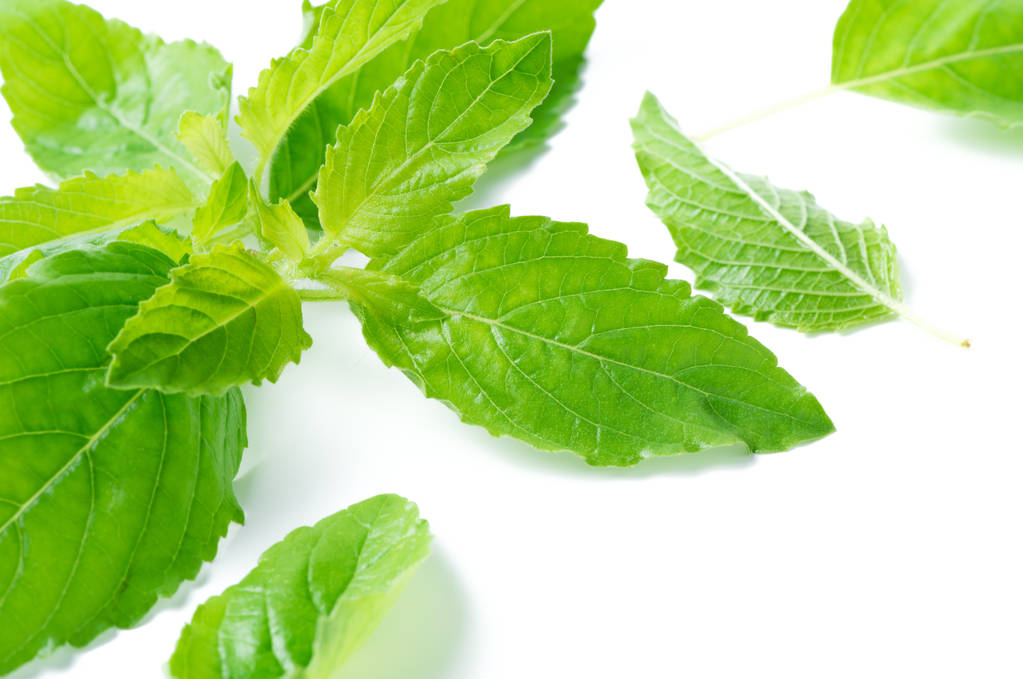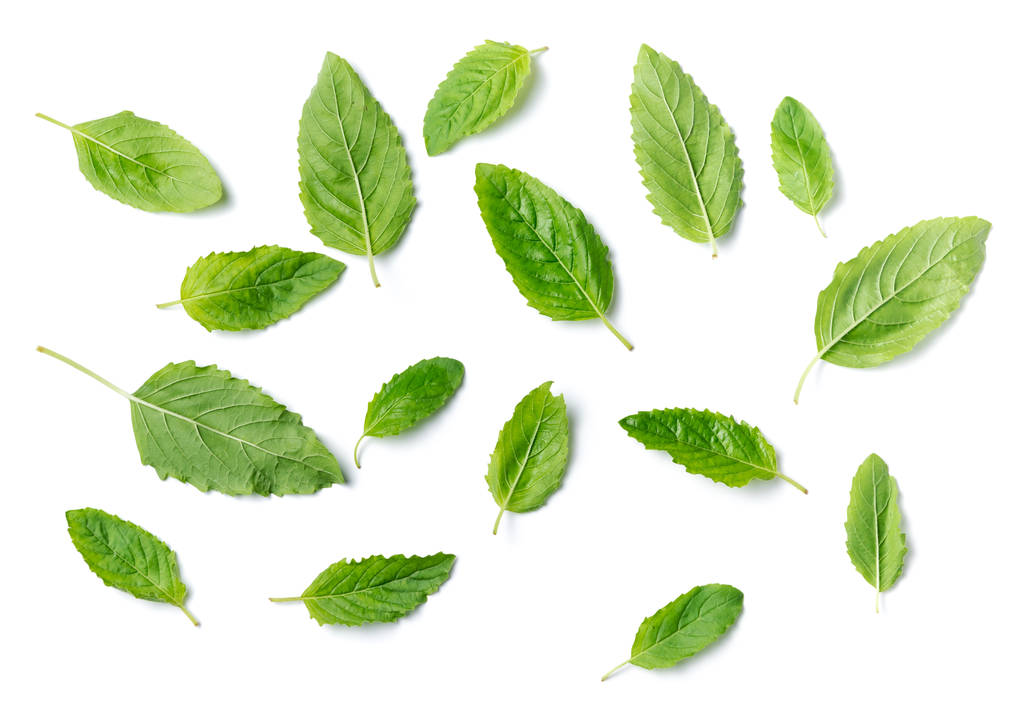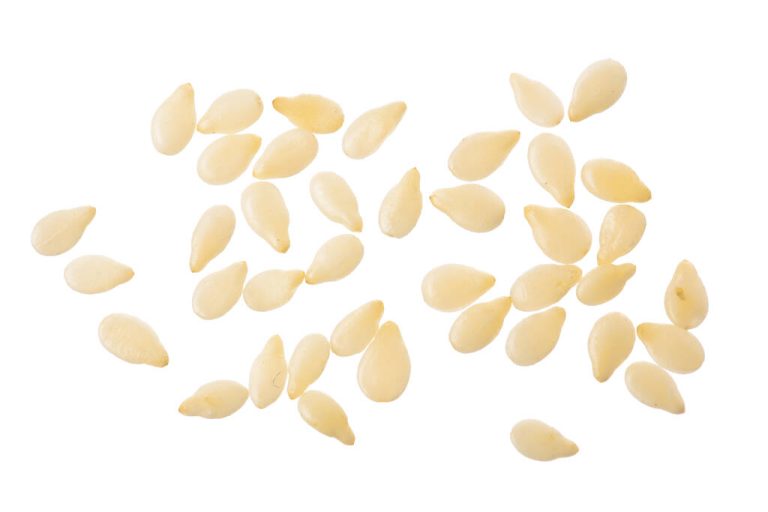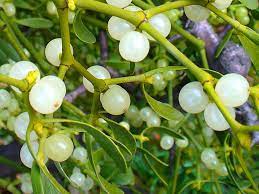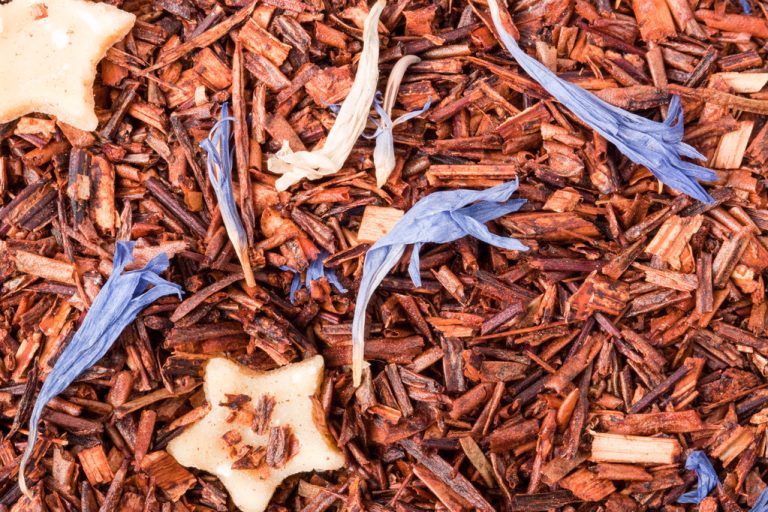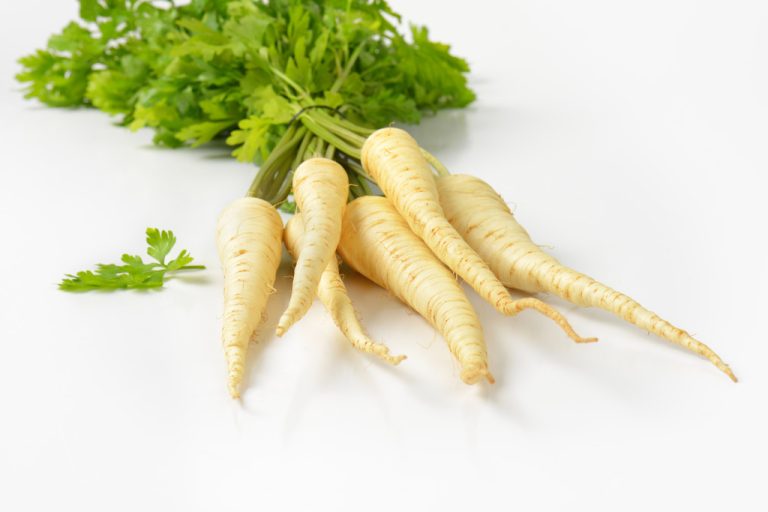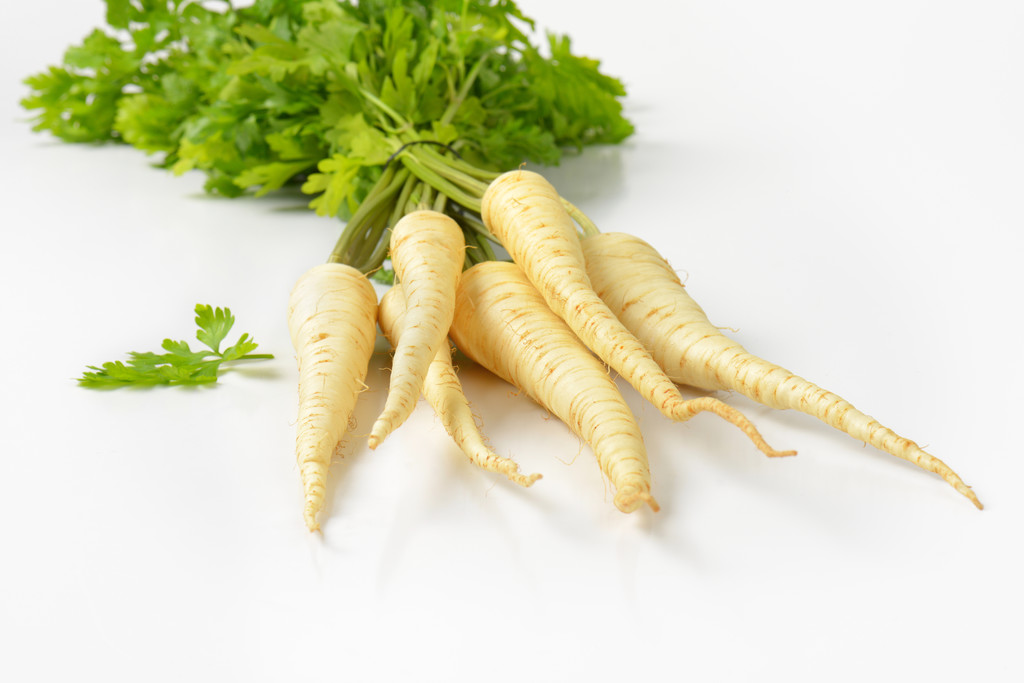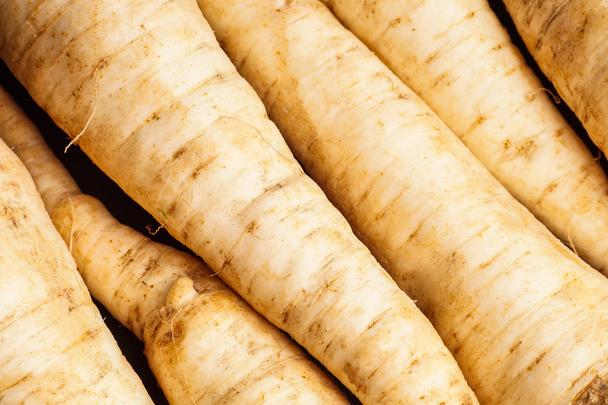The moon not only influences the ebb and flow, but also us humans, animals and plants. Those who live with the lunar cycle receive assistance with sowing seeds, haircuts and even medical procedures. But: Can the moon always help?

Lunar cycle briefly explained
The lunar cycle lasts an average of 29.5 days. It is about the everlasting cycle: new moon, waxing moon, full moon, waning moon, new moon, etc.
Each phase of the moon contains a certain energy with a valuable background that you can use for yourself.
New moon: The optimal prerequisite for a new beginning. Whether in the household or in the head. Anyone who fasts on the new moon uses the body’s maximum readiness for detoxification. Set yourself new visions now.
Waxing Moon: Here the focus is on gaining, building and gaining strength. High-calorie food has a stronger impact. Use this energy to put your plans into action.
Full Moon: Abundance on all levels. Emotions can boil up and sensitivity to pain is also increased. Therefore, no surgeries or other medical interventions should be performed around the full moon.
Waning moon: The high energy subsides a little and the tensions are released. Here you can use your strength efficiently and are more adventurous. Now is also the right time for all areas that have to do with losing weight, detox or detoxification.
On these days it is particularly worth cutting your hair
Unfortunately, the phase of the moon is not sufficient for the topics of nutrition, beauty care and health. For example, if you want to know when is the best time to cut your hair, you need to know what zodiac sign the moon is in. The moon transits a sign in two to three days. The signs of the zodiac (star signs) can be divided into four elements: fire, water, earth, air.
Your hair is best supported by the element of fire, which is when the moon is in a fire sign. In the zodiac, Leo, Sagittarius and Aries are the fire signs that will have a positive impact on your haircut. Especially on Leo days and at best when the moon is waxing. This phase of the moon stimulates hair growth and the lion’s mane appears even more magnificent. With the help of a lunar calendar, you can see which sign the moon is in every day.
If the moon is in an air or water sign, this is not a good combination for cutting hair. Effects: The hair falls unfavorably and somehow nothing fits as it should. In addition, the hair is flying around or is electrically charged. Of course, that doesn’t mean you can only cut your hair on the waxing moon on Leo days.
On these days you should water or grow plants
The moon affects not only humans, but also plants and animals. Therefore, taking the moon into account also has a positive effect on the growth of your plants.
Since all growth is encouraged during the waxing moon, you should sow or plant plants that will thrive above ground during this phase of the moon. All plants that are to grow underground are sown during the waning moon.
However, when it comes to watering the plants, it depends again on the position of the moon. If the moon is in a water sign (Cancer, Scorpio, Pisces), these are the optimal conditions for watering. Avoid watering on Air days (Gemini, Libra, Aquarius). According to the moon interpretations, pests can easily multiply here.
The moon and the female cycle – how are they related?
It is no coincidence that the lunar cycle and the female menstrual cycle both last 29.5 days on average. Fertility and menstruation in women depend on the phases of the moon. In this way, women can transfer the cyclical energies of the moon to their own cycle and benefit from it. If a woman is in harmony with nature, she should have her period on the new moon and her ovulation on the full moon. Or the other way around.
In terms of energy, the new moon represents menstruation. Everything that is “unusable” is flushed out and a new cycle begins. During this time you are more withdrawn and introverted. The full moon reflects ovulation. Fertility is highest here and is said to offer the best conditions for getting pregnant.
Of course, not every ovulation falls on the full moon and every period on the new moon. The female cycle changes several times throughout life. However, if ovulation actually falls on the full moon, fertility is said to be particularly high and indicates that the woman is willing to have a child and become a mother.

Conclusion
Now you’ve gained a little insight into the lunar cycle and its possible effects. You can live by the moon, but of course other factors also play a major role in all the examples mentioned. Therefore, you should not be too disappointed if you follow the moon but do not get the desired result.

